Home>Gardening & Outdoor>Outdoor Structures>How Much Solar To Power A Shed
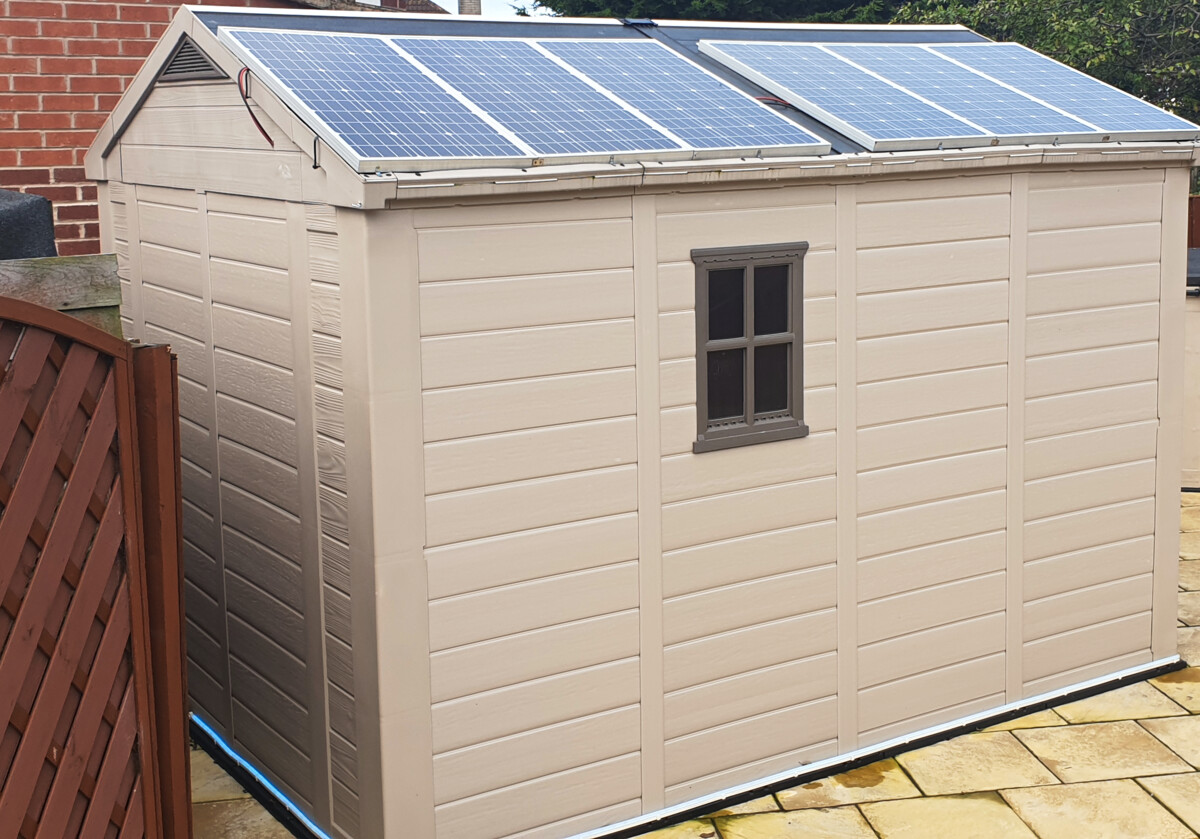

Outdoor Structures
How Much Solar To Power A Shed
Published: January 19, 2024
Discover how much solar power you need to effectively and sustainably power your outdoor structures, such as sheds, with our comprehensive guide. Optimize your energy usage and reduce your environmental impact.
(Many of the links in this article redirect to a specific reviewed product. Your purchase of these products through affiliate links helps to generate commission for Storables.com, at no extra cost. Learn more)
Introduction
Welcome to the world of sustainable energy and the exciting journey of powering your shed with solar energy. As our society becomes increasingly conscious of environmental impact and seeks more cost-effective energy solutions, solar power has emerged as a compelling option for off-grid structures such as sheds, workshops, and small outbuildings. Harnessing the sun’s abundant energy not only reduces reliance on traditional power sources but also contributes to a greener, more sustainable future.
In this comprehensive guide, we will explore the intricacies of solar power and delve into the process of determining how much solar energy is needed to power a shed effectively. From assessing energy needs to selecting the right solar panel and completing the installation, we will provide you with the knowledge and insights necessary to embark on this rewarding endeavor.
Whether you’re a DIY enthusiast seeking to reduce your environmental footprint or a homeowner looking to maximize the utility of your outdoor space, understanding the fundamentals of solar power for sheds is a valuable pursuit. By the end of this article, you will be equipped with the essential information to confidently embrace solar energy and elevate the functionality of your shed while minimizing its impact on the environment.
Key Takeaways:
- Assess your shed’s energy needs by listing all devices and their power requirements. Consider seasonal variations and potential future additions to ensure your solar power system can meet demand year-round.
- Choose the right solar panels based on efficiency, durability, and compatibility with your shed’s energy needs. Carefully plan the installation process to maximize solar exposure and energy yield.
Assessing Energy Needs
Before diving into the realm of solar panel specifications and installation, it’s crucial to assess the energy requirements of your shed. Understanding your energy needs will serve as the foundation for determining the appropriate solar power system to meet those demands effectively.
Begin by evaluating the electrical devices and appliances that will be powered by the solar system. Consider the wattage and usage duration of each item, including lighting, power tools, ventilation fans, and any other electrical equipment. By compiling a comprehensive list of these devices and their respective power requirements, you can estimate the total energy consumption in watt-hours (Wh) or kilowatt-hours (kWh) per day.
Moreover, take into account the seasonal variations in energy usage, as well as any potential future additions to the shed that may increase energy demand. Factoring in these variables will ensure that the solar power system is designed to accommodate fluctuations in energy consumption and provide a reliable power supply throughout the year.
Additionally, consider the storage aspect of the solar power system. If the shed will require power during nighttime or in low-light conditions, a battery bank for energy storage becomes essential. Determining the storage capacity needed to sustain the shed’s energy requirements during periods of low solar input is a critical component of the overall assessment.
By conducting a thorough assessment of your shed’s energy needs, you will gain valuable insights into the specific requirements of the solar power system. This foundational step sets the stage for accurately calculating the solar panel requirements and designing a system that aligns with the shed’s energy demands, ultimately paving the way for a seamless transition to solar energy.
Calculating Solar Panel Requirements
Once the energy needs of your shed have been assessed, the next step is to determine the appropriate solar panel requirements to meet those demands efficiently. This involves understanding the key factors that influence the selection and sizing of solar panels for your specific application.
Begin by considering the solar insolation in your location, which refers to the amount of sunlight received at a given area over a specific period. This information is crucial for estimating the daily energy production of solar panels. By researching the average insolation values for your region, you can gain insights into the solar potential and optimize the performance of the solar power system.
Next, calculate the total daily energy consumption of the shed, as determined during the assessment of energy needs. This figure, typically expressed in kilowatt-hours per day (kWh/day), serves as the basis for sizing the solar panel array. To estimate the required solar panel capacity, divide the daily energy consumption by the average daily sunlight hours, factoring in system losses due to inefficiencies and other variables.
It’s important to consider the type and efficiency of the solar panels when calculating the required capacity. High-efficiency panels can generate more power in limited space, making them suitable for installations with space constraints. Additionally, the orientation and tilt angle of the solar panels play a significant role in optimizing energy production. Ensuring proper alignment with the sun’s path and minimizing shading are essential for maximizing solar yield.
Furthermore, integrating a charge controller into the solar power system is essential for regulating the voltage and current from the solar panels to the battery bank, ensuring efficient charging and preventing overcharging. The charge controller also contributes to the overall system efficiency and longevity of the batteries.
By meticulously calculating the solar panel requirements based on the shed’s energy consumption, solar insolation, panel efficiency, and system losses, you can tailor the solar power system to deliver reliable and sustainable energy to power the shed, thereby harnessing the full potential of solar technology.
Consider the power needs of your shed (lights, tools, etc.) and calculate the wattage. Then, determine the average sunlight hours in your area to size the solar panel and battery system accordingly.
Selecting the Right Solar Panel
Choosing the most suitable solar panels for your shed involves considering various factors that impact performance, durability, and overall compatibility with the intended application. Understanding the different types of solar panels and their respective attributes is essential for making an informed decision that aligns with your specific requirements.
Monocrystalline, polycrystalline, and thin-film solar panels are the primary options available in the market, each with distinct characteristics that influence their suitability for different scenarios. Monocrystalline panels are known for their high efficiency and sleek aesthetics, making them ideal for installations where space is limited. Polycrystalline panels, while slightly less efficient, offer a cost-effective solution and perform well in diverse environmental conditions. Thin-film panels are lightweight and flexible, catering to unique installation requirements and challenging architectural designs.
Consider the physical dimensions of the solar panels and assess whether they align with the available space on the shed’s roof or designated mounting area. Additionally, evaluate the warranty, degradation rate, and certifications of the solar panels to ensure long-term reliability and performance. Opting for panels with a reputable track record and favorable warranty terms provides assurance of sustained energy production and durability over the system’s lifespan.
Furthermore, explore the technological advancements and innovative features offered by solar panel manufacturers, such as integrated microinverters or power optimizers that enhance energy harvest and mitigate the impact of shading or panel-level malfunctions. These advancements contribute to maximizing the overall energy yield and system resilience, especially in scenarios where shading is unavoidable.
It’s also important to assess the compatibility of the selected solar panels with the charge controller, inverter, and battery bank to ensure seamless integration and optimal system performance. Understanding the electrical characteristics and voltage parameters of the panels is crucial for configuring the solar power system effectively and achieving the desired energy output.
By carefully evaluating the attributes, performance metrics, and compatibility of solar panels, you can make an informed choice that aligns with your shed’s energy needs and environmental conditions, ultimately paving the way for a reliable and efficient solar power system.
Installing the Solar Panel System
Embarking on the installation of a solar panel system for your shed marks the culmination of meticulous planning and paves the way for harnessing clean, renewable energy to power your outdoor space. The installation process encompasses several critical steps, each contributing to the seamless integration and optimal performance of the solar power system.
Commence the installation by identifying the most suitable location for mounting the solar panels. The selected area should receive ample sunlight throughout the day and be structurally capable of supporting the weight and securing the panels effectively. Whether mounted on the roof of the shed or installed on ground-based racking systems, ensuring proper orientation and tilt angle is essential for maximizing solar exposure and energy yield.
Next, proceed with the installation of the mounting hardware, such as rails, brackets, or racking systems, which serve as the foundation for securing the solar panels in place. Adhering to manufacturer guidelines and local building codes during this phase is imperative to guarantee the structural integrity and stability of the entire assembly.
Following the mounting of the solar panels, the electrical wiring and connectivity come into focus. Carefully route the wiring from the panels to the charge controller, ensuring proper cable management and protection against environmental elements. The integration of a combiner box, where multiple strings of solar panels are consolidated, streamlines the wiring configuration and enhances system safety and maintenance.
Integrating the charge controller, inverter, and battery bank into the solar power system is a pivotal aspect of the installation process. Ensure that these components are positioned in a well-ventilated and accessible location, allowing for efficient heat dissipation and ease of maintenance. Adhering to the recommended wiring and safety protocols during this phase is crucial for the overall functionality and safety of the system.
Upon completing the physical installation and electrical connections, conduct a comprehensive inspection and testing of the entire solar power system. Verify the integrity of the mounting hardware, assess the electrical continuity, and perform system checks to confirm proper operation and energy production. Additionally, familiarize yourself with the system monitoring and maintenance procedures to ensure ongoing performance optimization.
By meticulously executing the installation process and adhering to best practices, you can establish a robust and reliable solar panel system that empowers your shed with sustainable energy, thereby fostering a greener and more efficient outdoor environment.
Read more: How To Set Up Solar Power For A Shed
Conclusion
Embarking on the journey to power your shed with solar energy is a transformative endeavor that not only enhances the functionality of your outdoor space but also contributes to the global shift towards sustainable and renewable energy sources. By delving into the intricacies of solar power and understanding the process of determining the ideal solar panel system for your shed, you have taken a significant step towards embracing clean, environmentally friendly energy.
Assessing the energy needs of your shed served as the cornerstone of this endeavor, providing invaluable insights into the specific requirements and usage patterns that shaped the design of the solar power system. Calculating the solar panel requirements enabled you to tailor the system’s capacity to precisely meet the shed’s energy demands, optimizing its performance and reliability.
The process of selecting the right solar panel underscored the importance of considering various factors, including efficiency, durability, and compatibility, to ensure the seamless integration and optimal energy production of the solar power system. Your discerning choice of solar panels reflects a commitment to long-term sustainability and energy efficiency.
The installation of the solar panel system marked the culmination of your efforts, translating meticulous planning and preparation into a tangible, functional asset that harnesses the abundant energy of the sun. By adhering to best practices and meticulous attention to detail throughout the installation process, you have established a robust and reliable solar power system that empowers your shed with clean, renewable energy.
As you embark on this new chapter of sustainable energy utilization, remember that ongoing monitoring and maintenance are essential for maximizing the performance and longevity of the solar power system. Regular inspections, system checks, and adherence to recommended maintenance procedures will ensure the continued reliability and efficiency of your solar-powered shed.
In conclusion, the integration of solar energy into your shed exemplifies a forward-thinking approach to energy utilization, aligning with the global momentum towards sustainable living and environmental stewardship. By leveraging the power of the sun, you have not only transformed your shed into a beacon of renewable energy but also contributed to a brighter, cleaner future for generations to come.
Frequently Asked Questions about How Much Solar To Power A Shed
Was this page helpful?
At Storables.com, we guarantee accurate and reliable information. Our content, validated by Expert Board Contributors, is crafted following stringent Editorial Policies. We're committed to providing you with well-researched, expert-backed insights for all your informational needs.

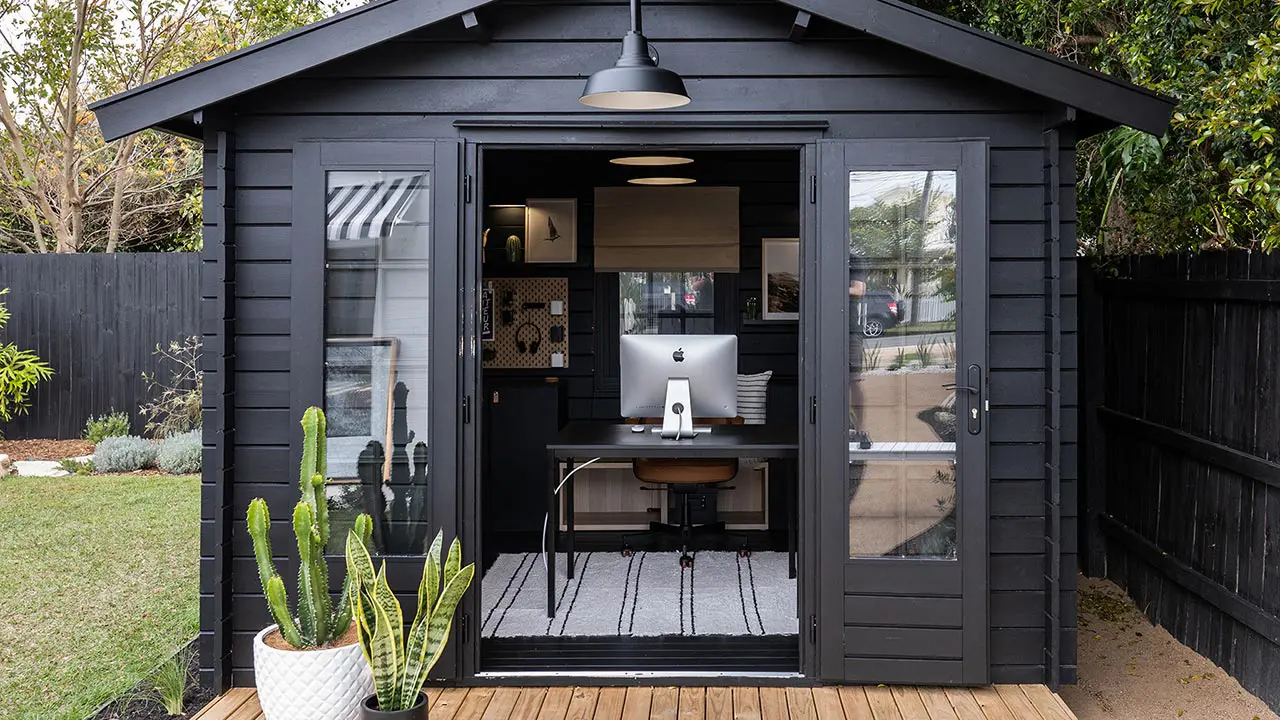
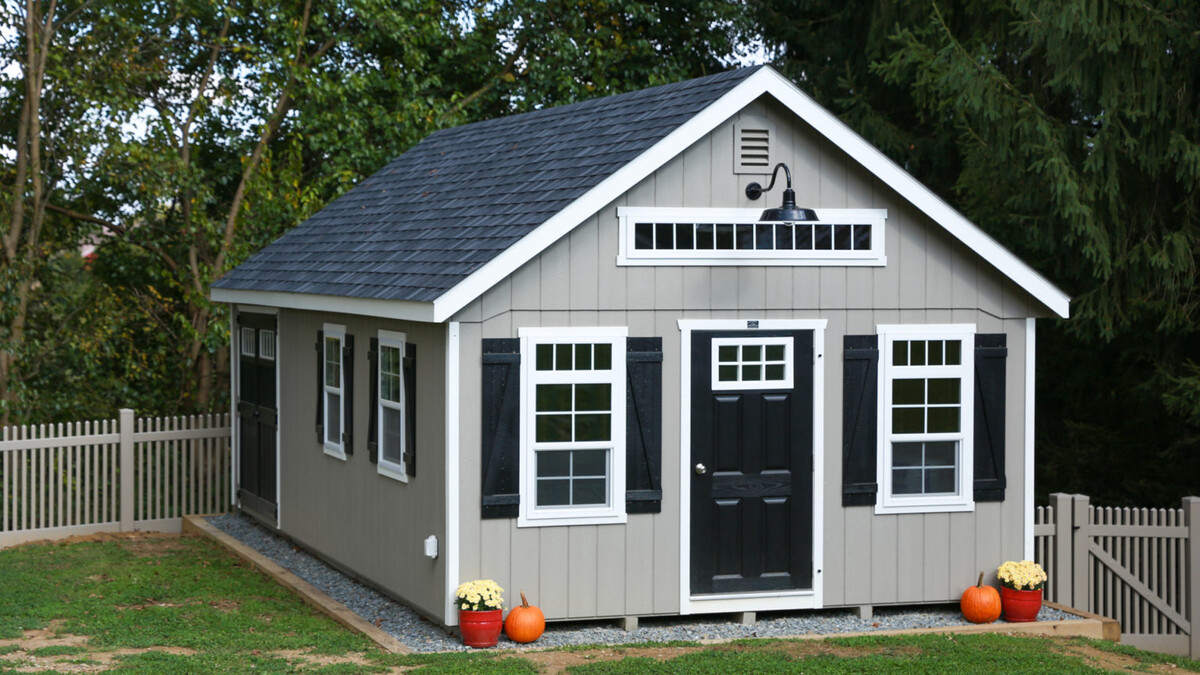
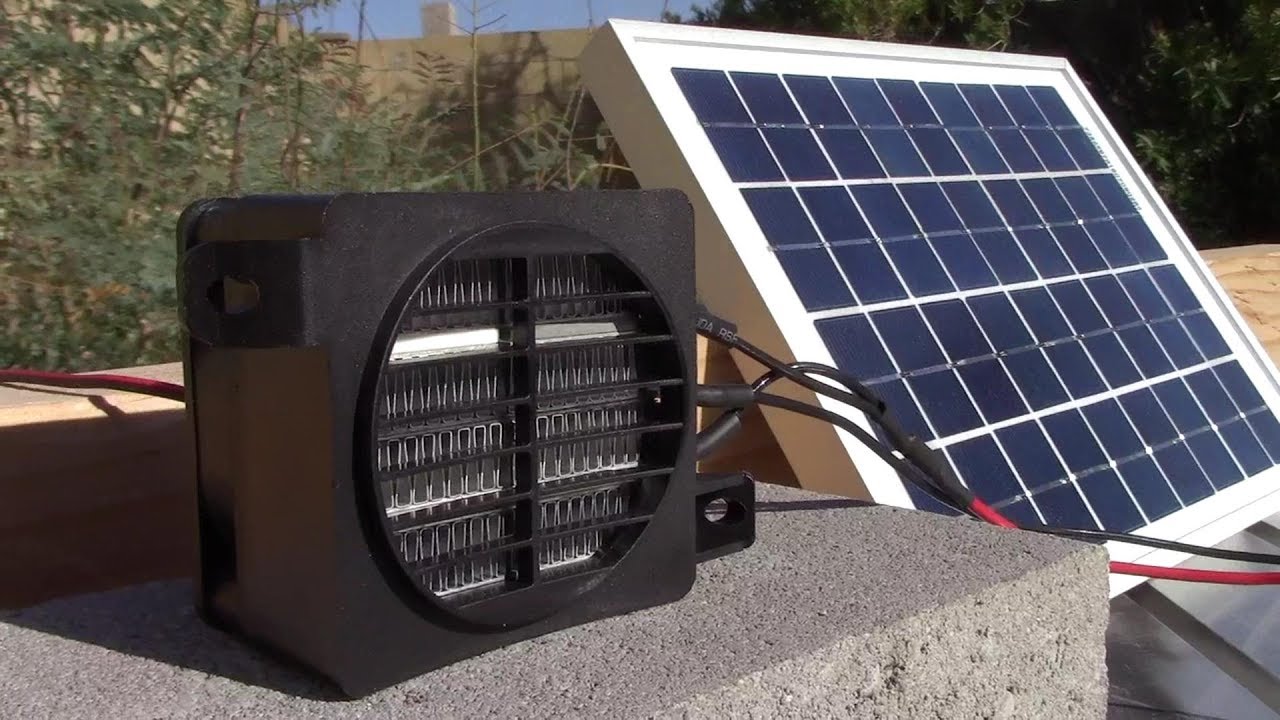
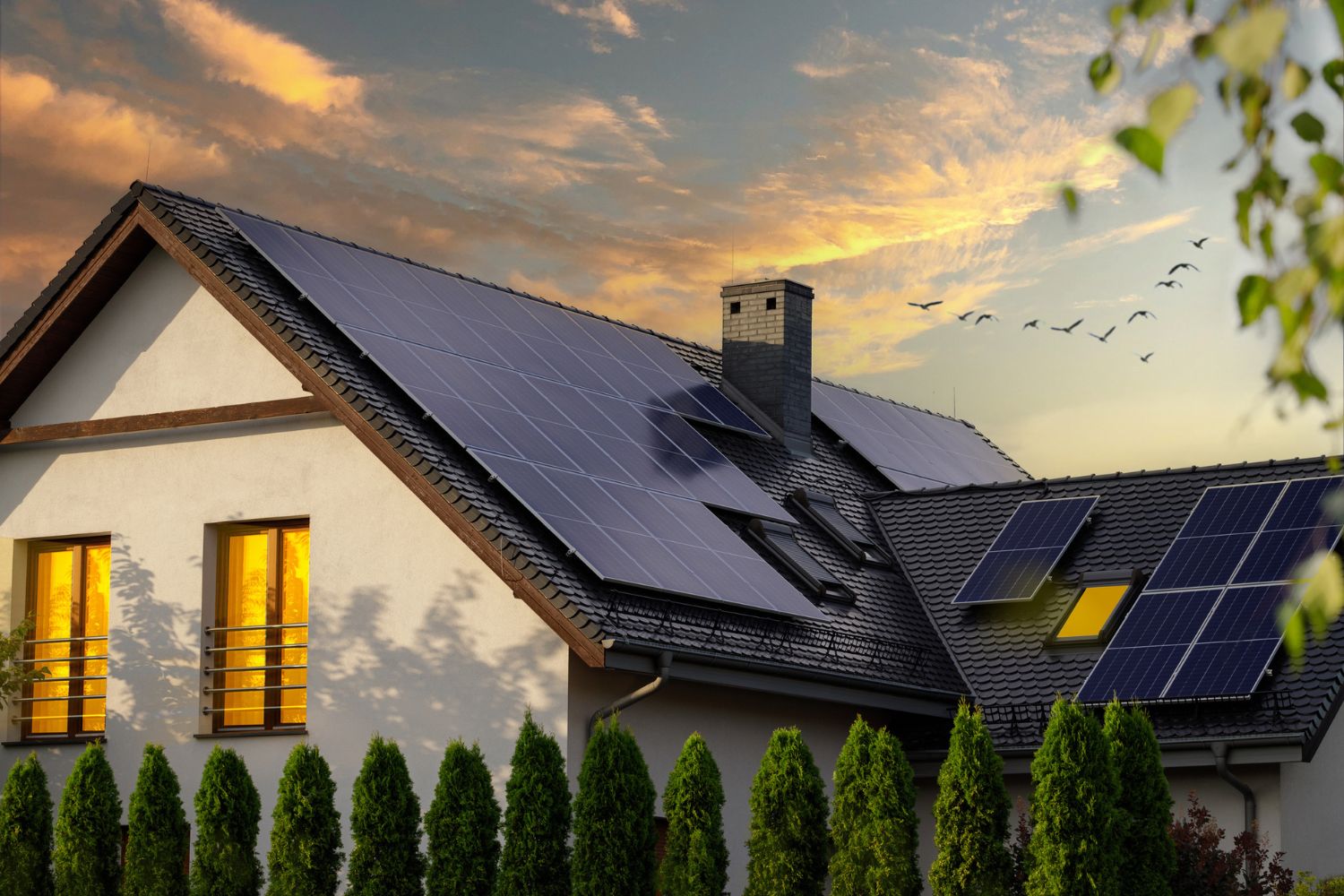
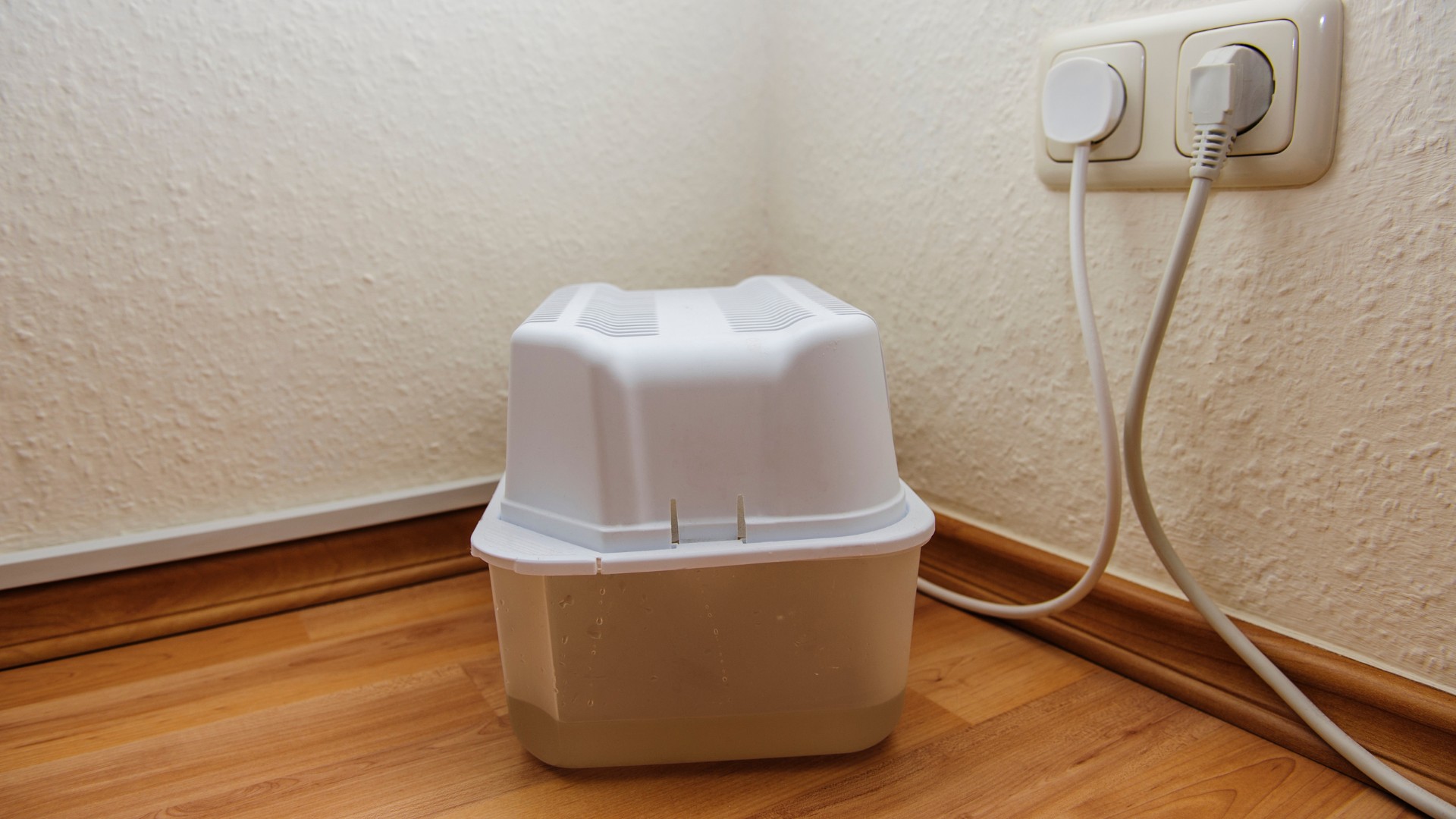


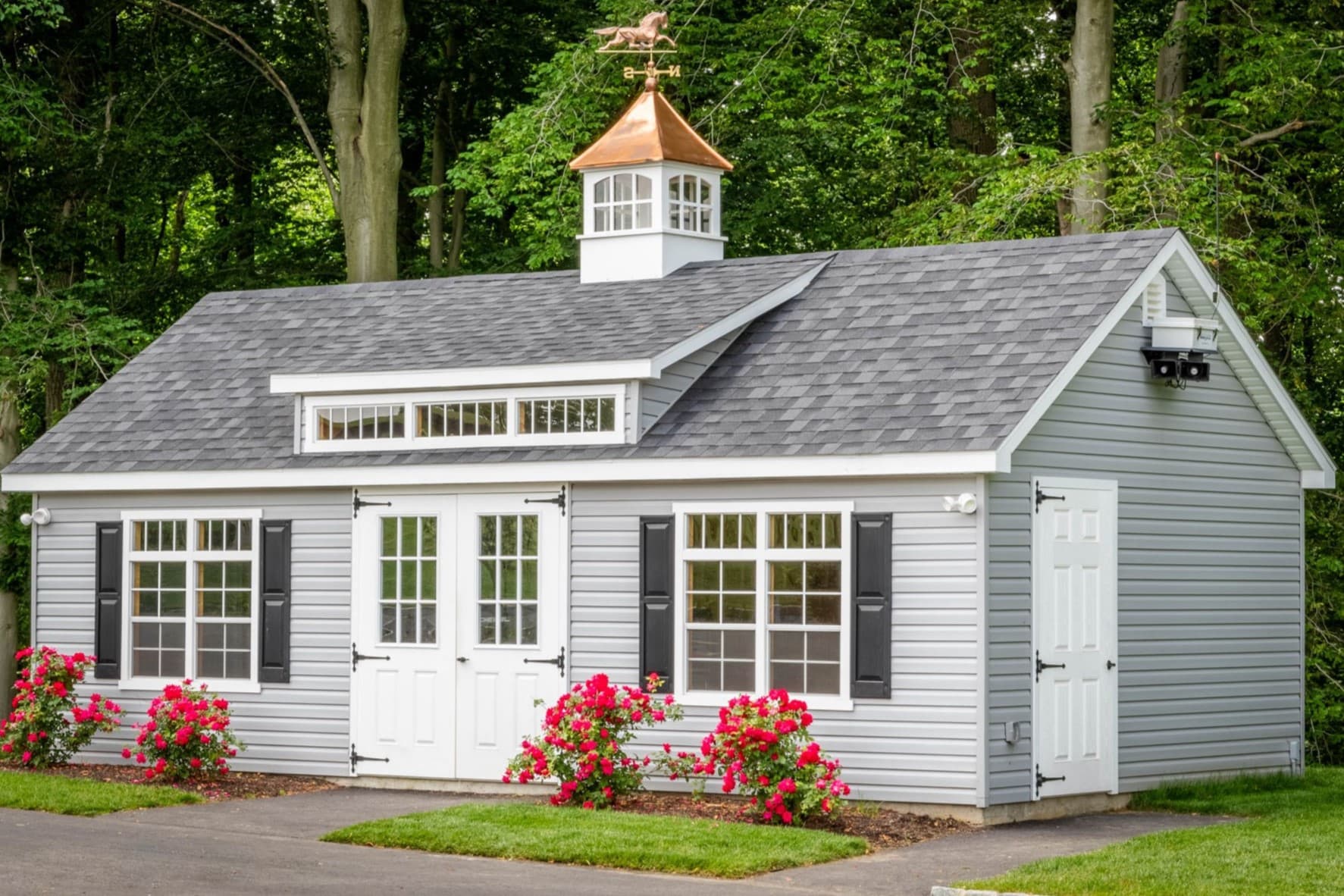


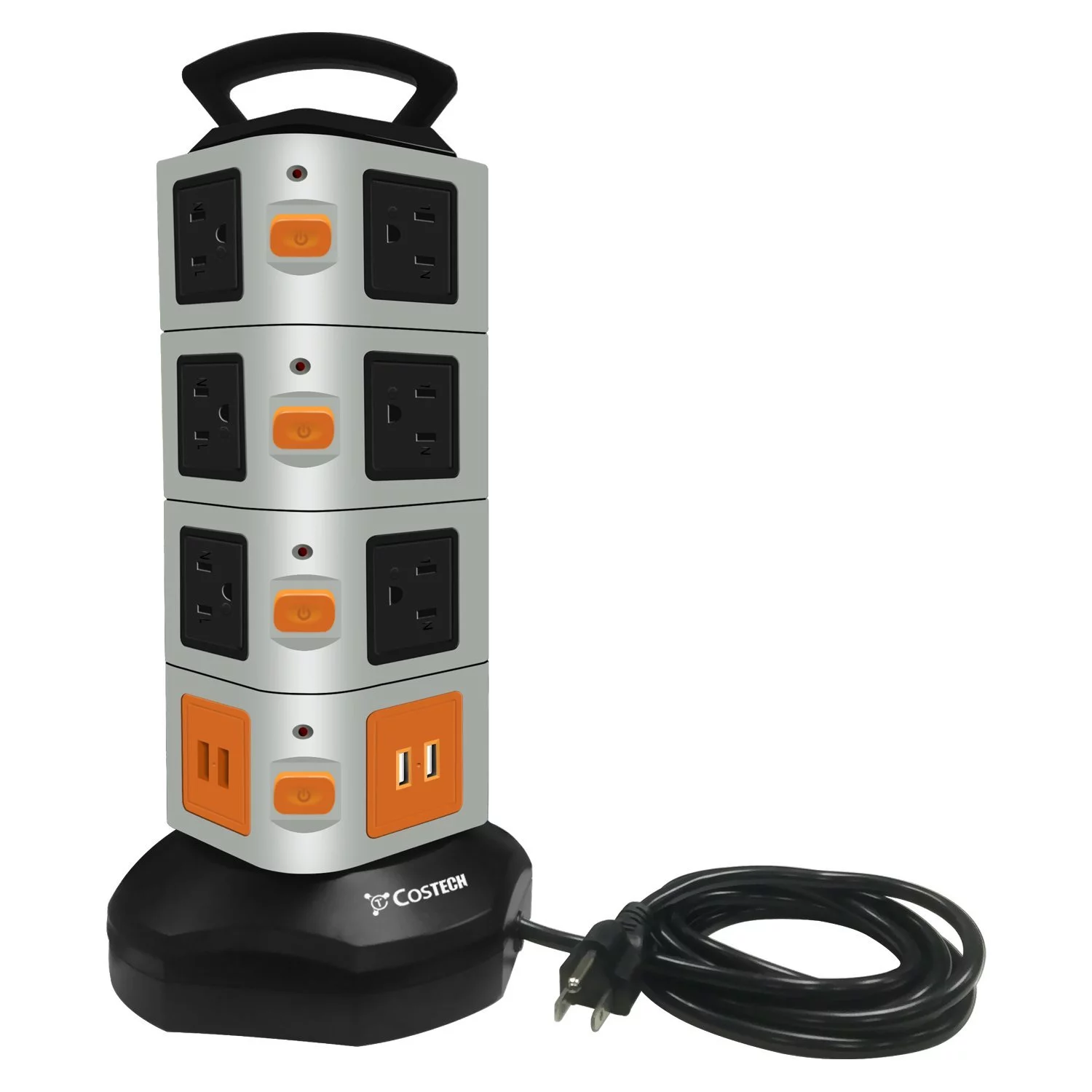
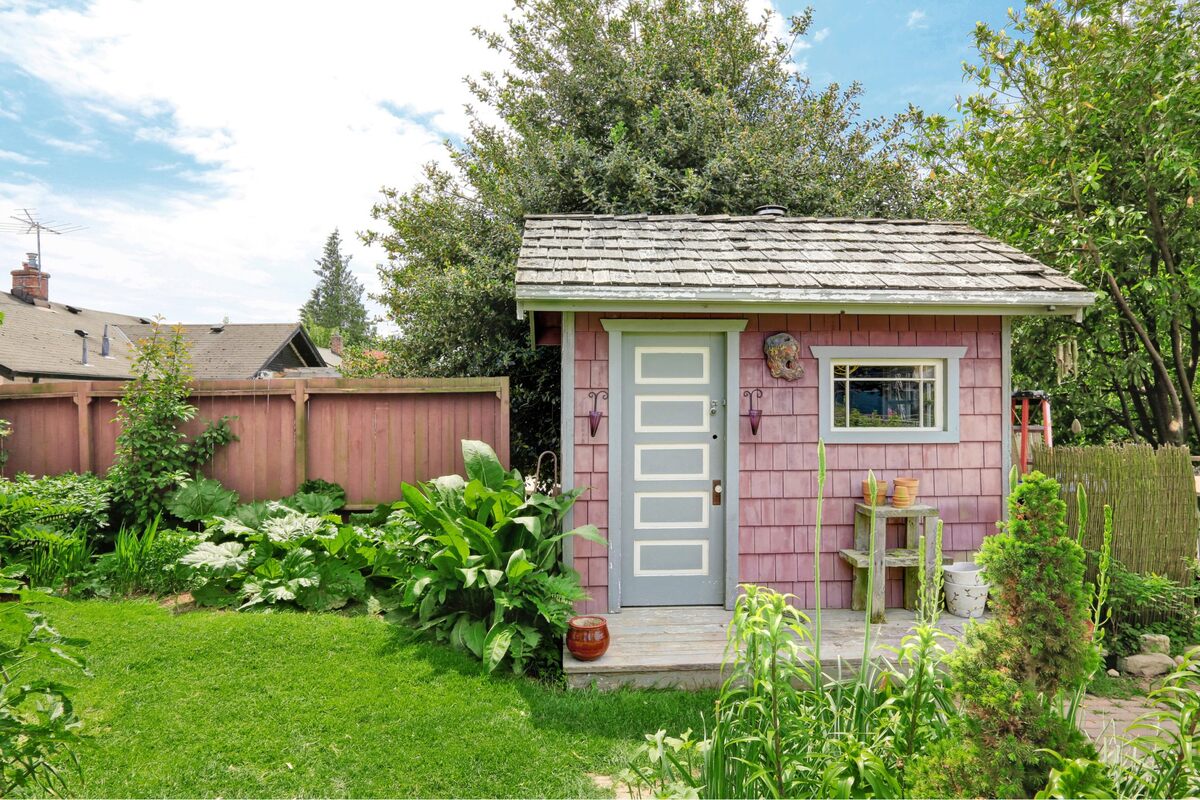
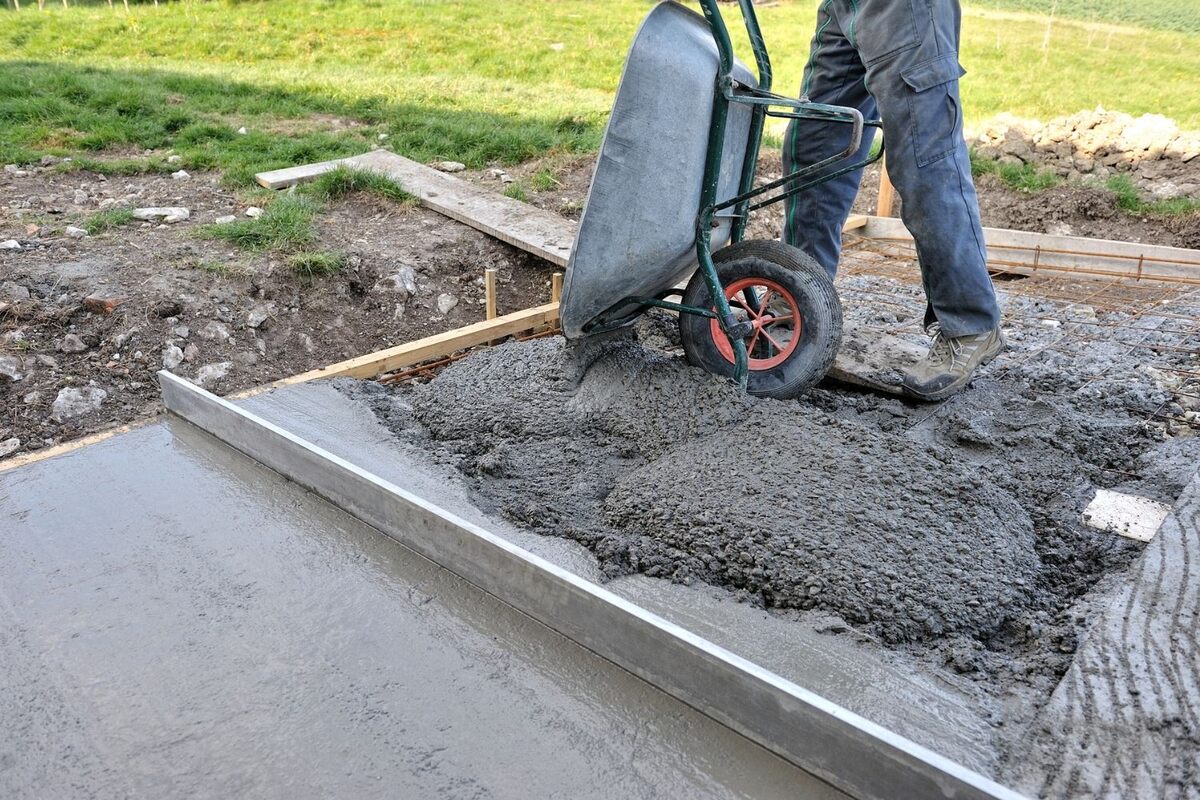

0 thoughts on “How Much Solar To Power A Shed”